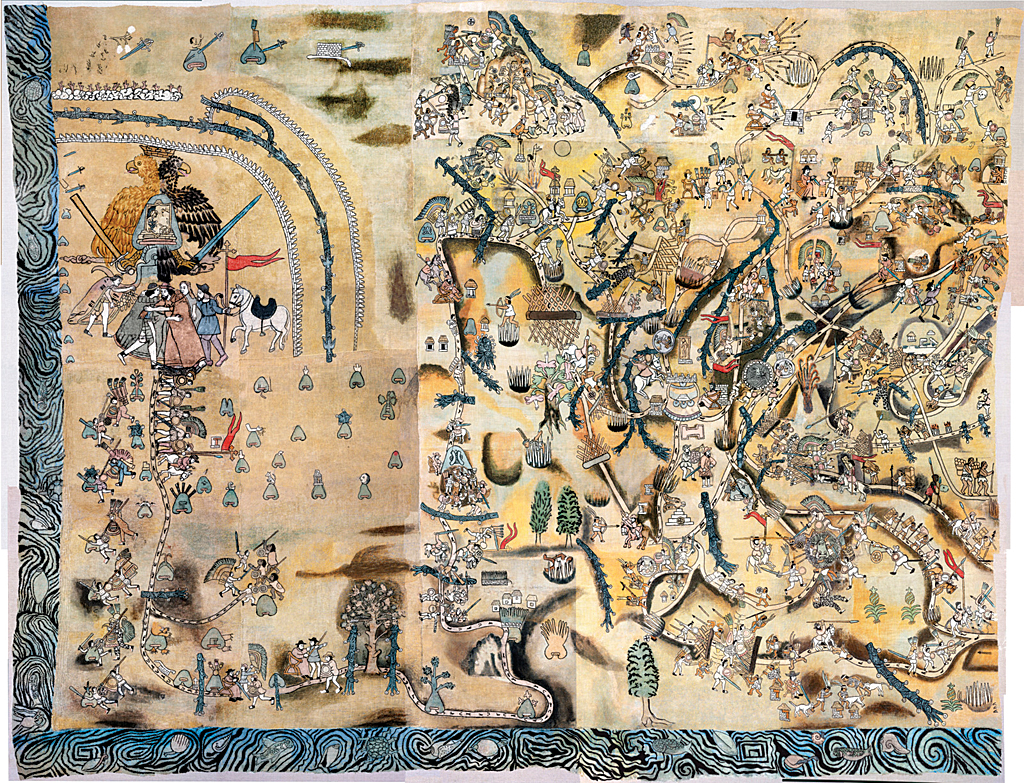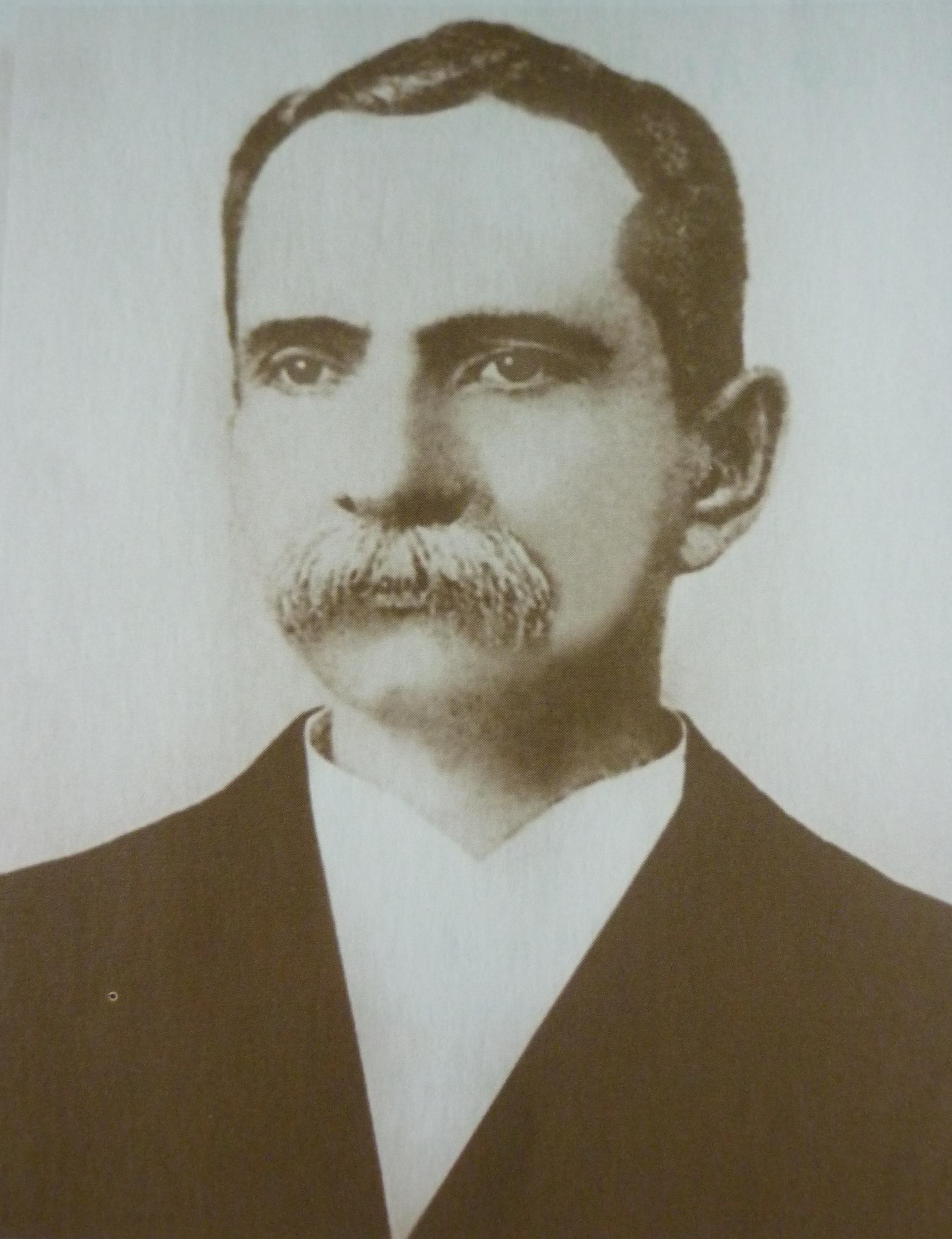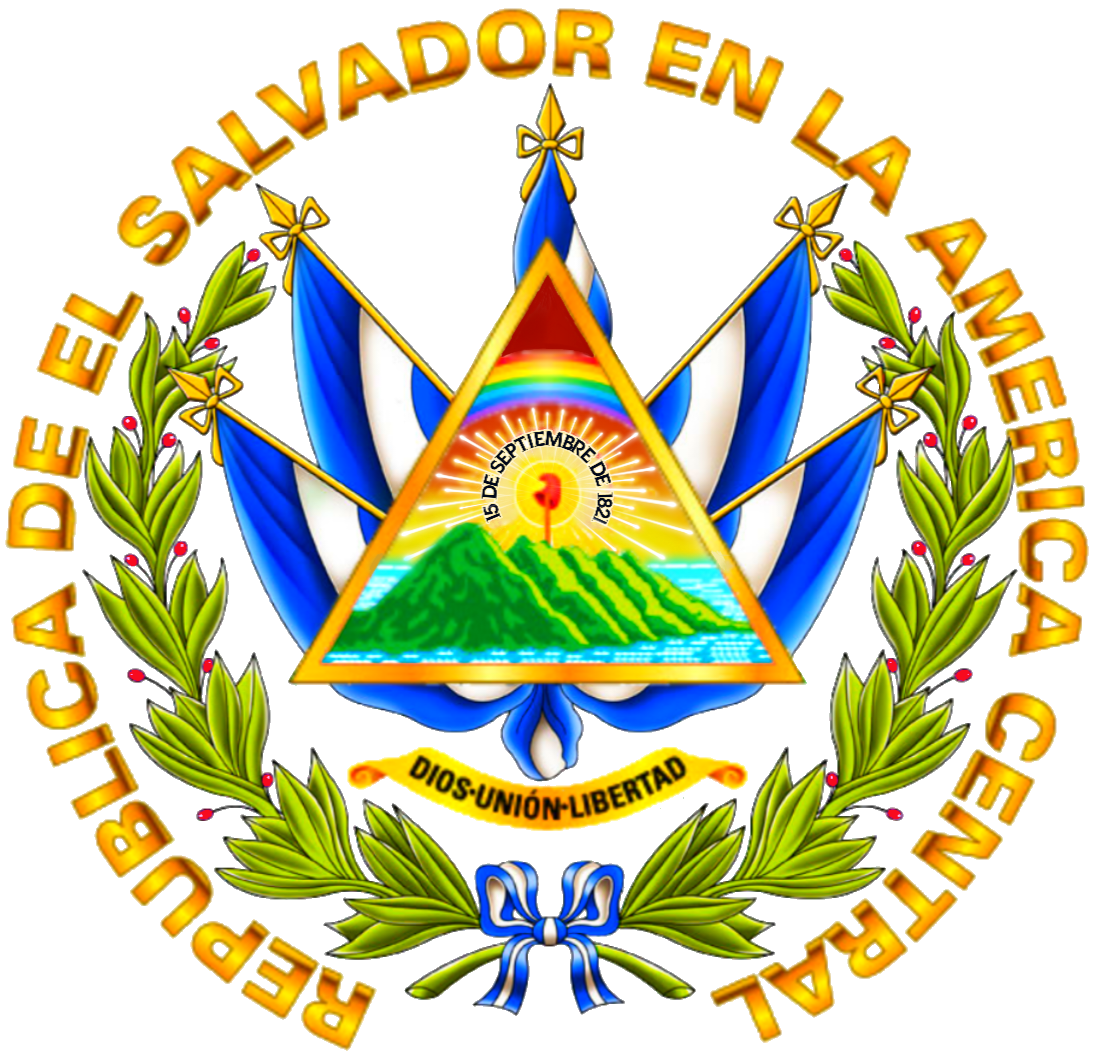|
Salvadoran
Salvadorans ( Spanish: ''Salvadoreños''), also known as Salvadorians (alternate spelling: Salvadoreans), are citizens of El Salvador, a country in Central America. Most Salvadorans live in El Salvador, although there is also a significant Salvadoran diaspora, particularly in the United States, with smaller communities in other countries around the world. El Salvador's population was 6,218,000 in 2010, compared to 2,200,000 in 1950. In 2010, the percentage of the population below the age of 15 was 32.1%, 61% were between 15 and 65 years of age, while 6.9% were 65 years or older. Demonym Although not the academic standard, ''Salvadorian'' and ''Salvadorean'' are widely-used English demonyms used by those living in the United States and other English-speaking countries. All three versions of the word can be seen in most Salvadoran business signs in the United States and elsewhere in the world. ''Centroamericano/a'' in Spanish and in English ''Central American'' is an alternativ ... [...More Info...] [...Related Items...] OR: [Wikipedia] [Google] [Baidu] |
Salvadoran Americans
Salvadoran Americans ( or ) are Americans of full or partial Salvadoran descent. As of 2010, there are 2,195,477 Salvadoran Americans in the United States, the fourth-largest Hispanic community by nation of ancestry.US Census Bureau 2011 American Community Survey B03001 1-Year Estimates HISPANIC OR LATINO ORIGIN BY SPECIFIC ORIGIN Factfinder.census.gov, retrieved October 28, 2012 According to the Census Bureau, in 2016 Salvadorans made up 3.8% of the total Hispanic population in the US. Salvadorans are the largest group of Central Americans of the |
Salvadorian American
Salvadoran Americans ( or ) are Americans of full or partial Salvadoran descent. As of 2010, there are 2,195,477 Salvadoran Americans in the United States, the fourth-largest Hispanic community by nation of ancestry.US Census Bureau 2011 American Community Survey B03001 1-Year Estimates HISPANIC OR LATINO ORIGIN BY SPECIFIC ORIGIN Factfinder.census.gov, retrieved October 28, 2012 According to the Census Bureau, in 2016 Salvadorans made up 3.8% of the total Hispanic population in the US. Salvadorans are the largest group of Central Americans of the [...More Info...] [...Related Items...] OR: [Wikipedia] [Google] [Baidu] |
El Salvador
El Salvador (; , meaning " The Saviour"), officially the Republic of El Salvador ( es, República de El Salvador), is a country in Central America. It is bordered on the northeast by Honduras, on the northwest by Guatemala, and on the south by the Pacific Ocean. El Salvador's capital and largest city is San Salvador. The country's population in 2022 is estimated to be 6.5 million. Among the Mesoamerican nations that historically controlled the region are the Lenca (after 600 AD), the Mayans, and then the Cuzcatlecs. Archaeological monuments also suggest an early Olmec presence around the first millennium BC. In the beginning of the 16th century, the Spanish Empire conquered the Central American territory, incorporating it into the Viceroyalty of New Spain ruled from Mexico City. However the Viceroyalty of Mexico had little to no influence in the daily affairs of the isthmus, which was colonized in 1524. In 1609, the area was declared the Captaincy General of Guatemala ... [...More Info...] [...Related Items...] OR: [Wikipedia] [Google] [Baidu] |
Salvadoran Spanish
Salvadoran Spanish is geographically defined as the form of Spanish spoken in the country of El Salvador. The Spanish dialect in El Salvador shares many similarities to that of its neighbors in the region, but it has its stark differences in pronunciation and usage. El Salvador, like most of Central America, uses voseo Spanish as its written and spoken form, similar to that of Argentina. Vos is used, but many Salvadorans understand tuteo. Vos can be heard in television programs and can be seen in written form in publications. ''Usted'' is used as a show of respect, when someone is speaking to an elderly person. File:Mensaje FSH.JPG, Message from President Fidel Sánchez Hernández of July 18, 1969 in the framework of the 100 Hour War File:ActaIndepElSalvador.JPG, The original Act of Independence of Central America that remains in the Legislative Assembly of El Salvador File:Museo Revolution.jpg, Museum of the Revolution (El Salvador) File:El puntero.jpg, First book printed in E ... [...More Info...] [...Related Items...] OR: [Wikipedia] [Google] [Baidu] |
Afro-Salvadoran
Afro Salvadorans are the descendants of the Sub-Saharan Africans brought to El Salvador via the Trans-atlantic slave trade during the colonial Spanish era. History Origins and distribution The Quauhquechollan Cloth is a 16th-century cloth painting of the Nahua natives, and it includes what could be the very first African slave, still wearing his tribal regalia, that arrived in El Salvador in 1528.África, la otra raíz salvadoreña (in Spanish: Africa, the other Salvadoran root). Posted by Marvin Aguilar Retrieved on February 13, 2013. However, most slaves began to be imported around the 1540s, following a royal decree officially freeing the indigenous peoples in 1548. Slaves came from the city of [...More Info...] [...Related Items...] OR: [Wikipedia] [Google] [Baidu] |
Mestizo
(; ; fem. ) is a term used for racial classification to refer to a person of mixed European and Indigenous American ancestry. In certain regions such as Latin America, it may also refer to people who are culturally European even though their ancestors are not. The term was used as an ethnic/racial category for mixed-race that evolved during the Spanish Empire. Although, broadly speaking, means someone of mixed European/Indigenous heritage, the term did not have a fixed meaning in the colonial period. It was a formal label for individuals in official documents, such as censuses, parish registers, Inquisition trials, and others. Priests and royal officials might have classified persons as mestizos, but individuals also used the term in self-identification. The noun , derived from the adjective , is a term for racial mixing that did not come into usage until the twentieth century; it was not a colonial-era term.Rappaport, Joanne. ''The Disappearing Mestizo'', p. 247. In the ... [...More Info...] [...Related Items...] OR: [Wikipedia] [Google] [Baidu] |
Greater Republic Of Central America
The Greater Republic of Central America (Spanish: ''República Mayor de Centroamérica''), later the United States of Central America (Spanish: ''Estados Unidos de Centroamérica''), originally planned to be known as the Republic of Central America (Spanish: ''República de América Central''), was a short-lived political union between El Salvador, Honduras, and Nicaragua, lasting from 1896 to 1898. It was an attempt to revive the failed Federal Republic of Central America that existed earlier in the century. The three countries agreed to establish a union with the signing of the Treaty of Amapala on 20 June 1895. On 15 September 1896, after the countries had all ratified the treaty individually, the union was formally confirmed. The republic was rechristened the "United States of Central America" when its constitution came into effect on 1 November 1898. The capital was to be the Honduran town of Amapala on the Gulf of Fonseca. The union was dissolved on 29 November 1898 af ... [...More Info...] [...Related Items...] OR: [Wikipedia] [Google] [Baidu] |
Flag Of El Salvador
The flag of El Salvador features a horizontal triband of cobalt blue-white- cobalt blue, with the coat of arms centered and entirely contained within the central white stripe. This design of a triband of blue-white-blue is commonly used among Central American countries. Along with the Dominican Republic, Ecuador and Haiti, it is one of only four national flags which has a depiction of its flag within the flag itself. El Salvador's flag is one of few that currently use the color purple, and all colors due to the rainbow in its Coat of Arms Features The colors signify: * * *The flag has the words (REPÚBLICA DE EL SALVADOR EN LA AMÉRICA CENTRAL) in a bold and Heavy, Sans Serif Boris Black Bloxx typeface, in a golden amber color *The national motto (DIOS UNIÓN LIBERTAD) in Trajan bold Roman square capitals. The letter are colored amber gold on the civil flag, and black in the coat of arms *The date (15 DE SEPTIEMBRE DE 1821) in Trajan bold Roman square capitals The ... [...More Info...] [...Related Items...] OR: [Wikipedia] [Google] [Baidu] |
Fernando Llort
Fernando Llort Choussy (7 April 1949 – 10 August 2018) was a Salvadoran artist, often dubbed "El Salvador's National Artist" by the Foundation for Self Sufficiency in Central America (now called EcoViva). Fernando Llort was a man of passion, spirituality, religion, community, and an idealist. At the beginning of Llort travels abroad, his intention was originally to study to become a priest. Llort was introduced to two seminaries, one in La Ceja a small town in Medellin, Colombia, another Toulouse, France in which he would not commit to as his passion for art took over. He is known for teaching the citizens of the small town of La Palma, Chalatenango, how to make a living through art. His style is colorful and often childlike; it can be compared to that of Joan Miró and in some instances to that of Pablo Picasso. Biography Personal life Fernando Llort was born in San Salvador, El Salvador, on 7 April 1949 to Baltasar Llort and Victoria Choussy. Llort was always creatin ... [...More Info...] [...Related Items...] OR: [Wikipedia] [Google] [Baidu] |
National Anthem Of El Salvador
The "" () is the national anthem of El Salvador. The lyrics were written by General Juan José Cañas in 1856, with music composed by the Italian Juan Aberle in 1879. It was adopted on 15 September 1879 and officially approved on 11 December 1953. The composition has been likened to " William Tell Overture" by critics. History 1866 anthem In 1866, at the initiative of doctor Francisco Dueñas, who at the time was President of the Republic, the first national anthem of El Salvador was created by Cuban doctor Tomás M. Muñoz, who wrote the lyrics, and Salvadoran musician Rafael Orozco, who composed the music. This national anthem was legally adopted through Executive Agreement of 8 October 1866, being published in the state newspaper ''El Constitucional'' No. 31, Volume 2, of 11 October 1866, to be officially released on 24 January 1867. This anthem was sung until the overthrow of President Dueñas through a coup d'état in 1871. 1879 anthem Later, in 1879, at the ... [...More Info...] [...Related Items...] OR: [Wikipedia] [Google] [Baidu] |
Indigenous Peoples Of The Americas
The Indigenous peoples of the Americas are the inhabitants of the Americas before the arrival of the European settlers in the 15th century, and the ethnic groups who now identify themselves with those peoples. Many Indigenous peoples of the Americas were traditionally hunter-gatherers and many, especially in the Amazon basin, still are, but many groups practiced aquaculture and agriculture. While some societies depended heavily on agriculture, others practiced a mix of farming, hunting, and gathering. In some regions, the Indigenous peoples created monumental architecture, large-scale organized cities, city-states, chiefdoms, State (polity), states, Realm, kingdoms, republics, Confederation, confederacies, and empires. Some had varying degrees of knowledge of engineering, architecture, mathematics, astronomy, writing, physics, medicine, planting and irrigation, geology, mining, metallurgy, sculpture, and gold smithing. Many parts of the Americas are still populated by Indigeno ... [...More Info...] [...Related Items...] OR: [Wikipedia] [Google] [Baidu] |
Central America
Central America ( es, América Central or ) is a subregion of the Americas. Its boundaries are defined as bordering the United States to the north, Colombia to the south, the Caribbean Sea to the east, and the Pacific Ocean to the west. Central America consists of eight countries: Belize, Costa Rica, El Salvador, Guatemala, Honduras, Mexico, Nicaragua, and Panama. Within Central America is the Mesoamerican biodiversity hotspot, which extends from northern Guatemala to central Panama. Due to the presence of several active geologic faults and the Central America Volcanic Arc, there is a high amount of seismic activity in the region, such as volcanic eruptions and earthquakes which has resulted in death, injury, and property damage. In the pre-Columbian era, Central America was inhabited by the indigenous peoples of Mesoamerica to the north and west and the Isthmo-Colombian peoples to the south and east. Following the Spanish expedition of Christopher Columbus' ... [...More Info...] [...Related Items...] OR: [Wikipedia] [Google] [Baidu] |








_2007.jpg)